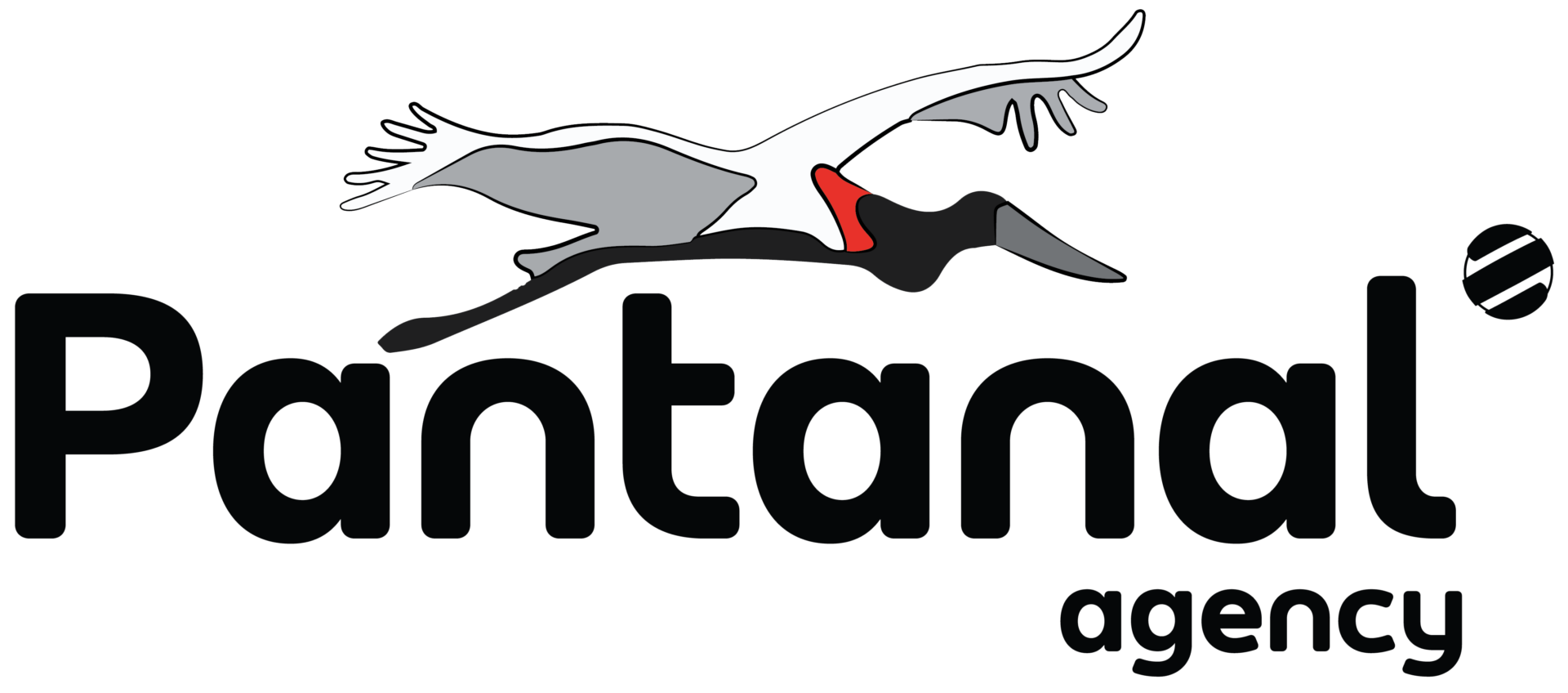Paraguay River Waterway concession advances
The National Waterway Transportation Agency (Antaq) has approved the analysis of contributions from Public Hearing 18/2024, which addresses the concession of the Paraguay River Waterway. The waterway comprises the stretch between Corumbá and the mouth of the Apa River, located in the municipality of Porto Murtinho, as well as the Tamengo Canal bed. The project's total length is 600 km.
In total, 155 contributions were submitted. The next step is to forward the concession documents to the Ministry of Ports and Airports and, subsequently, to the Federal Court of Accounts (TCU).
This is another step towards the concession of the waterway to private initiative. The auction is expected to occur in December 2025.
Antaq director, Alber Vasconcelos, emphasizes that the Paraguay River is "a fundamental instrument for the effectiveness of cargo flow from the country's Midwest and a tool to strengthen the Mercosur economic bloc."
"Increasing the number of navigable days, increasing average consignment during the dry season, and reducing travel time are the three main objectives of the waterway services concession," stated the director.
The Paraguay River waterway is currently managed by the federal government, and in 2023, it transported 7.95 million tons of cargo, a 72.57% increase compared to 2022.
Last year, the waterway was affected by drought and low river levels. With the concession, the National Waterway Transport Agency (Antaq), responsible for the bidding process, will ensure a minimum draft of 3 meters when the river is full and 2 meters during dry periods, ensuring year-round navigation, or at least for most of the year.
As a result, cargo transport on the Paraguay River is expected to reach between 25 and 30 million tons starting in 2030.
The bidding process was the subject of two public sessions. The first was in February of this year, at the Agency's headquarters in Brasília (DF), and the second took place in April, in person, in Corumbá.
Concession Details
In the first five years of the concession, services will include dredging, proper buoyage and signaling, construction of an industrial shed, acquisition of a dredge, hydrological monitoring, hydrographic surveys, improvements to crossings and convoy dismemberment points, implementation of waterway traffic management systems (including Vessel Traffic Service - VTS and River Information Service - RIS), in addition to river intelligence services. After this initial period, maintenance dredging will still be carried out on the waterway.
These improvements will ensure navigation safety and reliability. The estimated direct investment in these first years is US$ 11.4 million. The contractual term of the concession is 15 years, with the possibility of an extension for an equal period.
Environmental Risks
Environmentalists are concerned about the environmental and economic impacts of the privatization of the waterway. The non-governmental organization Ecoa – Ecologia e Ação, argues that the privatization of the Paraguay River should not be seen merely as a logistical advancement but as an imminent risk to the ecosystem and local communities. The proposed measures could result in irreversible environmental damage.
It points out that the necessary interventions to ensure a minimum draft of 2 meters throughout the year could lead to environmental impacts, including the continuous removal of rocks and extensive dredging, which could alter the river's dynamics and affect the sustainability of the Pantanal.
For the NGO, rock removal is the most dangerous aspect, as the rocks are an integral part of riverbed construction and their removal could change the hydrological dynamics, the so-called geological controls.
SOS Pantanal warns that the concession plan has been discussed by several governments over the past thirty years and has never advanced due to environmental risks. The NGO states that dredging could shorten the flooding period and reduce the extent of wetland areas in the Pantanal.
Studies indicate that an increase in the depth of the channel between 10 and 25 cm could reduce the flooded area by up to 31.4%. This reduction would negatively impact biodiversity and the ecological dynamics of the biome, which not only supports diverse fauna and flora but also helps lower temperatures in South America.
For SOS Pantanal, the intensive traffic of barges could also cause bank erosion and the resuspension of sediments, as well as release pollutants such as fuels and oils into the river, degrading water quality and affecting sensitive aquatic ecosystems.

